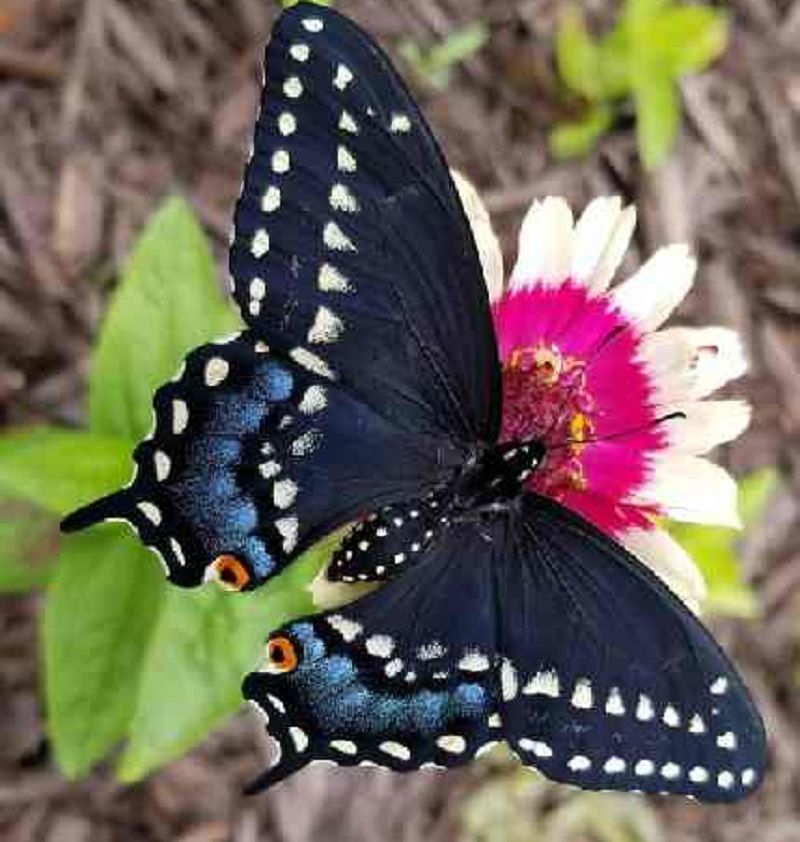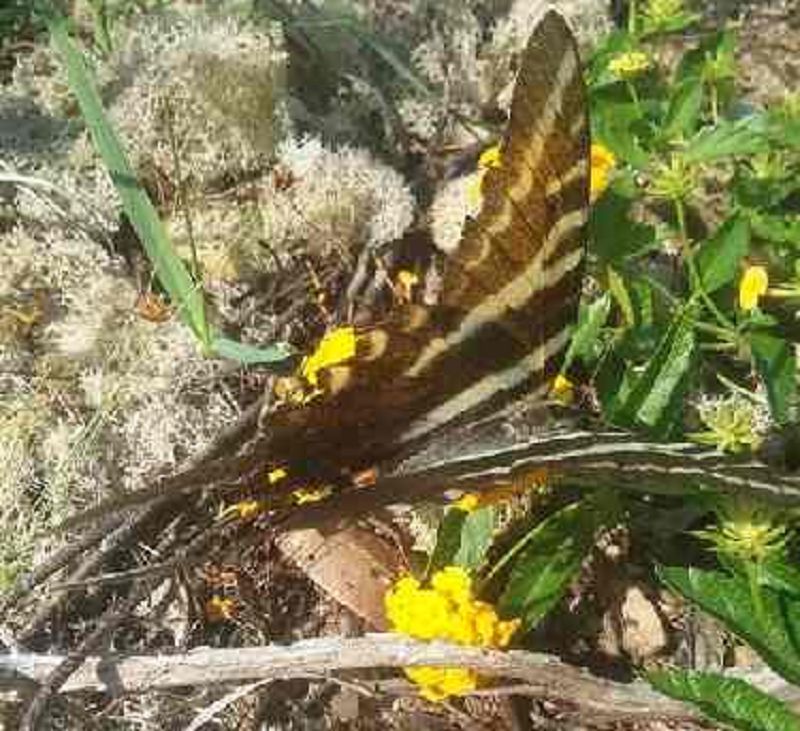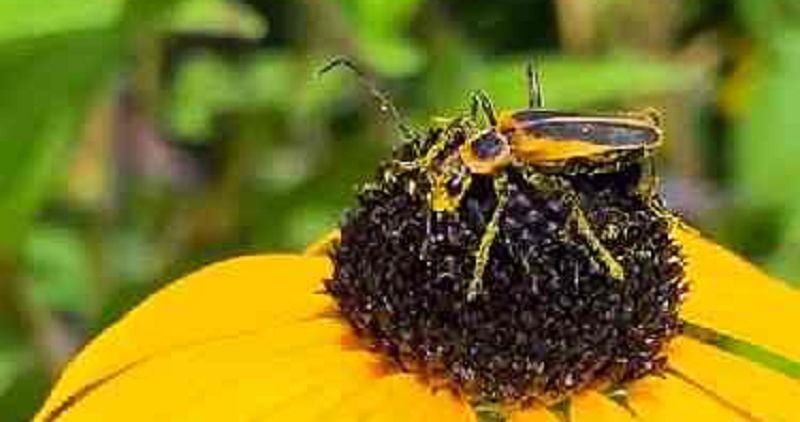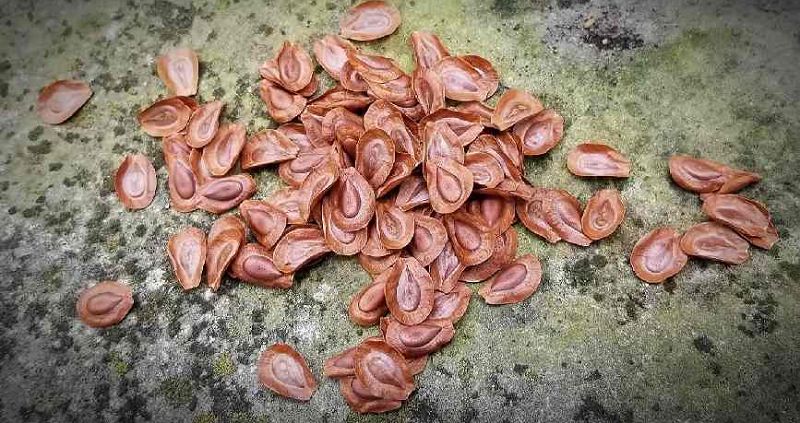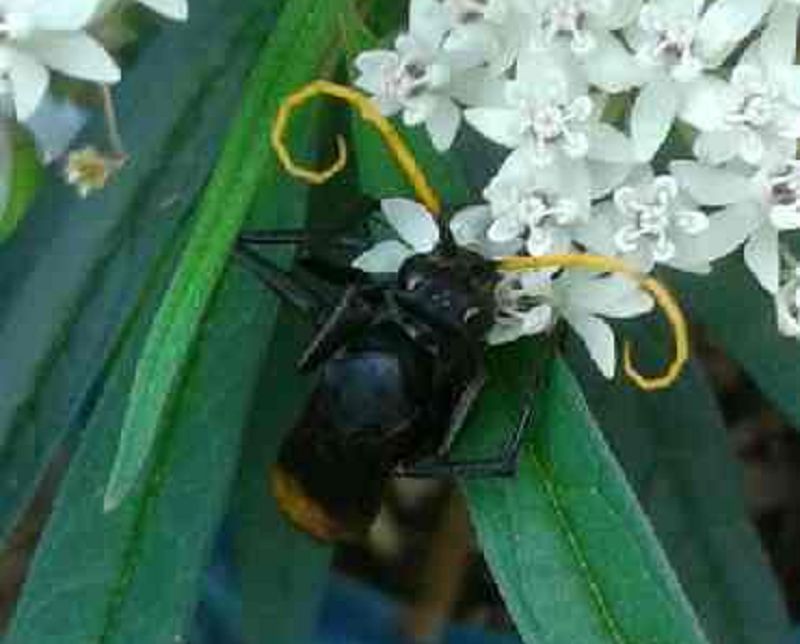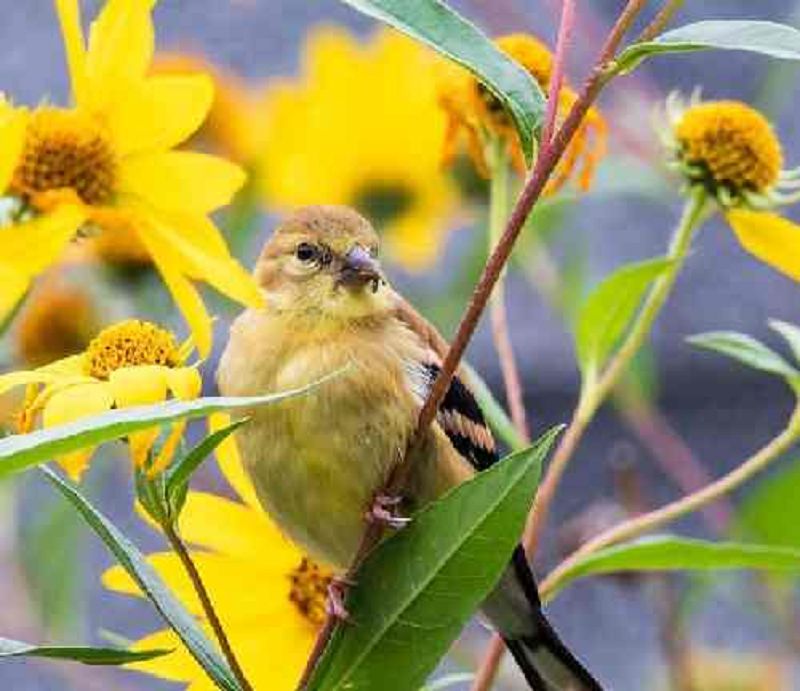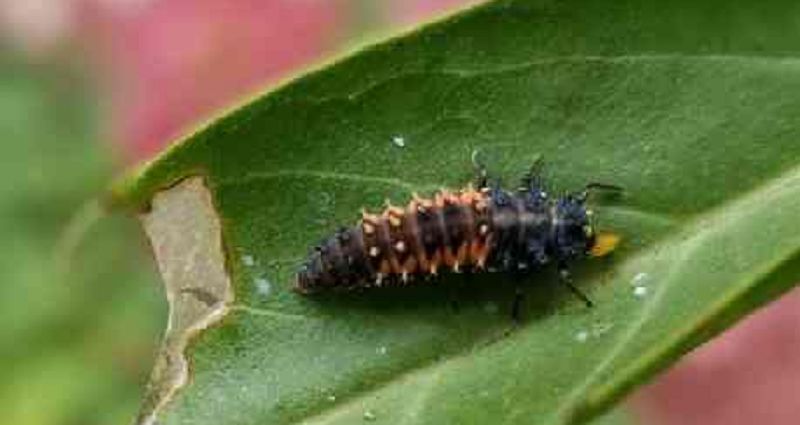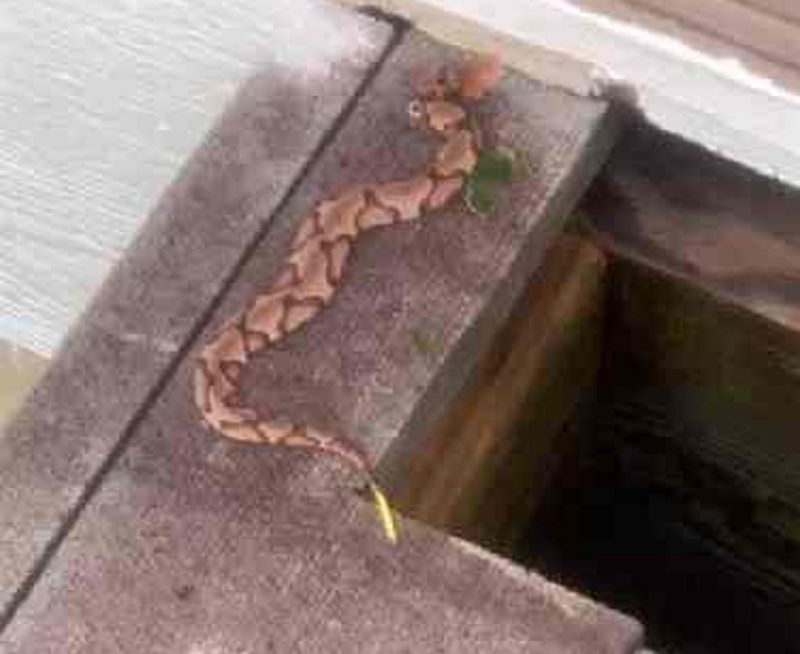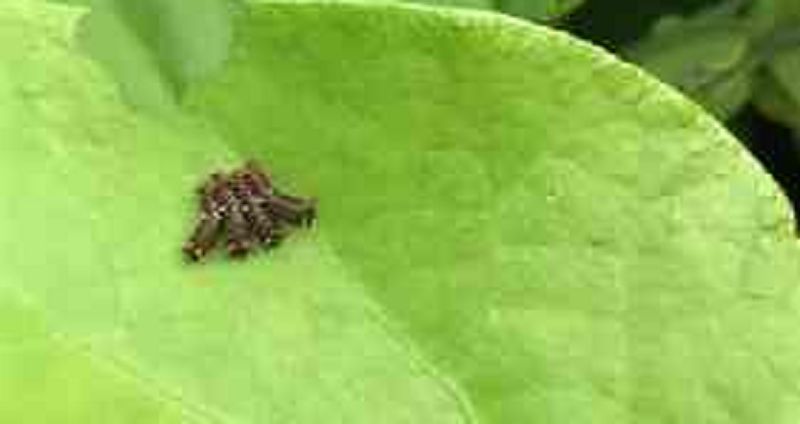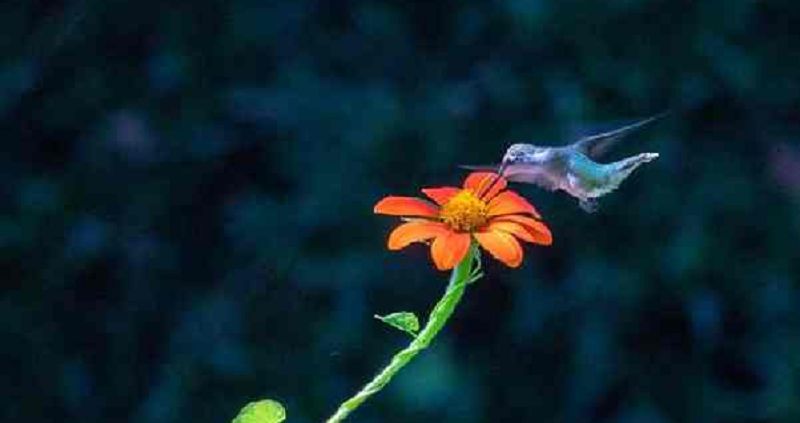Serendipity: A Quiz for Fun and Learning
{"name":"Serendipity: A Quiz for Fun and Learning", "url":"https://www.quiz-maker.com/QPREVIEW","txt":"Test your knowledge about North American wildlife with our engaging quiz! From butterflies to snakes, explore fascinating facts about various species and their habitats. Whether you're a nature enthusiast or just looking to learn something new, this quiz is for you!11 questions covering a range of wildlife topicsMultiple choice format for easy answeringExplore the interconnectedness of plants and animals","img":"https:/images/course1.png"}
More Quizzes
Serendipity: Trivia Learning
8417
Take Root takes on moths and butterflies
10515
Task crushers 25 may
15812
Movie character ideas! In this survey, I will give you a descriptiom of each character and some suggestions on who I think would suit the roles! U can chose anyone from the suggestions for the role or someone else completely that you would select! Bear in mind that I do not worm for any film production, this is just some fun! Thank you for taking part!
20100
August Trivia Questions and Answers - Free
201024033
Brother Sister - Is Your Sibling a Little Crazy?
201020444
PAT Practice Questions - Free Program Aptitude
201022190
Wonder Book Test - Free Trivia Questions
201029796
How Athletic Am I? Free With Instant Results
201020557
Am I Neurodivergent? Free with Instant Results
201020009
Dank Meme - Test Your Memeology Knowledge (Free)
201018574
Do I Have Pleurisy? Free Symptom With Instant Results
201019400


